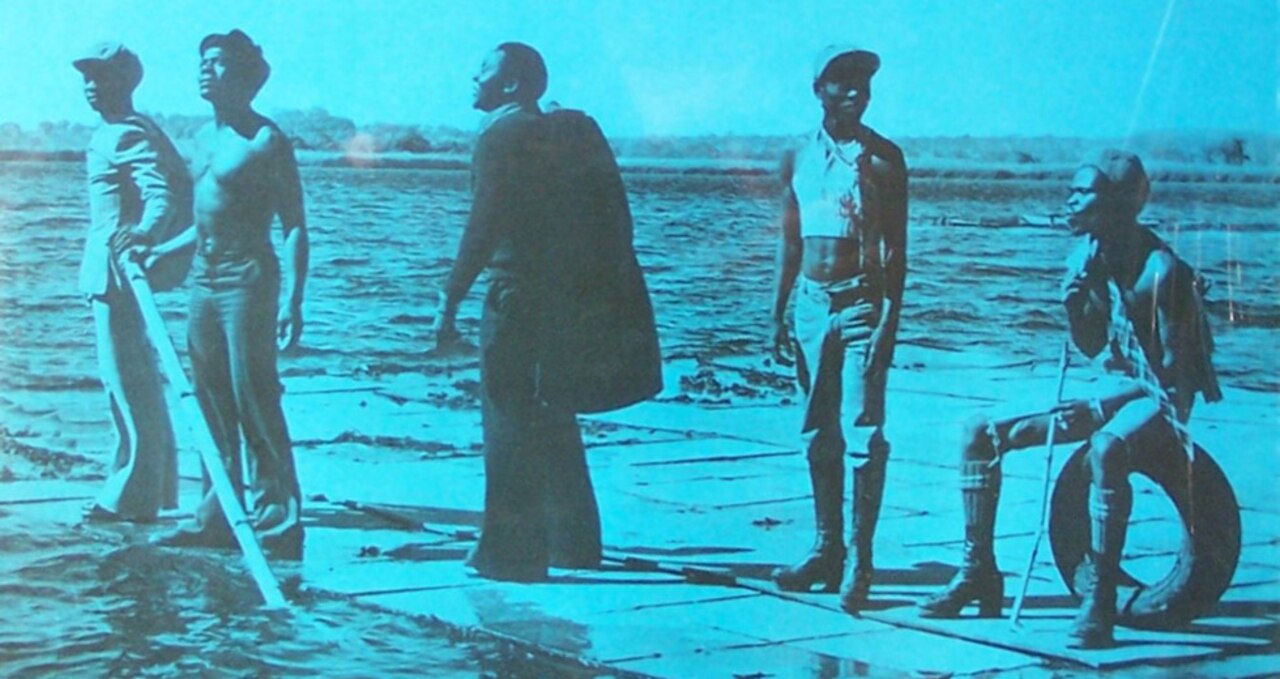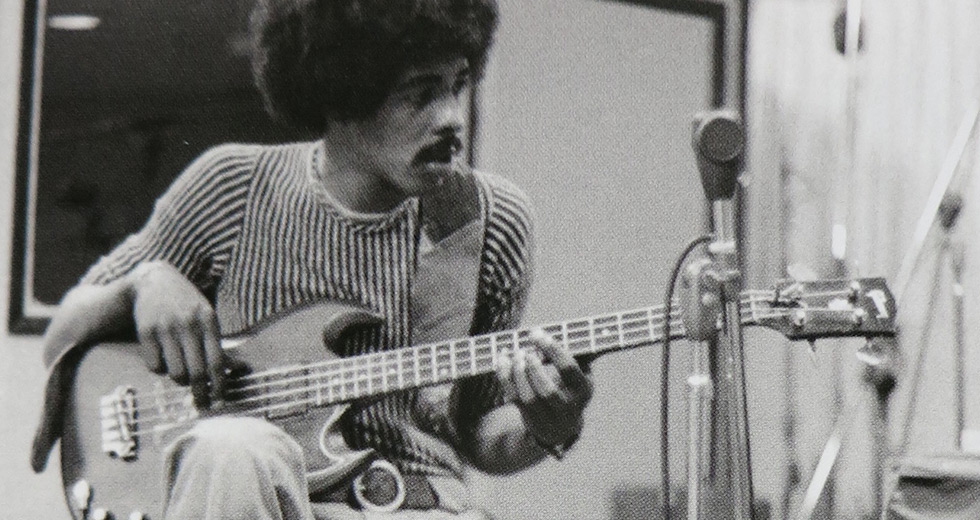Zamrock: An Introduction
Stephan Szillus explains how the Zambian rock scene came to be – and details its rediscovery by cratedigging producers and reissue labels.

They smoked grass, grew Afros and wore platform shoes. But this wasn’t Haight-Ashbury. I’m talking about the Zambian capital of Lusaka. Here, musicians like Paul Ngozi, Rikki Ililonga and Emmanuel “Jagari” Chanda created a genre that came to be known as Zamrock – a mixture of traditional African music, funk rhythms and psychedelic fuzz guitars that referenced the bluesy style of Jimi Hendrix and Deep Purple. In their homeland the Zamrockers were considered hippies and eccentrics: One legendary gig by the band Amanaz in 1974, reportedly saw the singer jumping out of a coffin wearing a skeleton suit with flared trousers.
How rock came to Zambia is obvious: The landlocked country in southern Africa was long a British colony. And even after they gained their independence in 1964, English music continued to enjoy great popularity – particularly in the Copperbelt, the large copper mining area in the center of the country. By 1970 a handful of bands had formed in Lusaka, recording at a few small studios and putting out records via two record companies. But the vital scene existed for only a few short years. Zambia’s economic situation was highly unstable, neighboring countries were at war and AIDS ravaged the country. Many musicians died. The rest left the music industry altogether.
In their homeland the Zamrockers were considered hippies and eccentrics.
The music has undergone a small revival due to the work of Now-Again Records’ Eothen “Egon” Alapatt. An RBMA lecture team member, Egon has devoted himself in recent years to re-releasing some of the classic records from the genre’s brief 1972 - 1977 heyday. “Around 2008, I came across a bootleg of the album Africa by the band Amanaz, he says. “I’ve looked for obscure music such as modal jazz, Iranian folk or obscure psychedelia for years. I see it as all part of a continuum and Zamrock fits within that.”
Egon spent the next few years searching for rare records from Zambia – albums that had been originally pressed in small runs of only a few hundred copies. He also called upon his network of record collector friends from all over the world to help him in his quest. When he started sending thousands of dollars to Africa, his Western Union account was shut down because American authorities assumed that he been taken in by Internet scammers. Eventually, though, the hard work paid off and he started to land treasures from the Zamrock scene in his mailbox.
Egon’s Western Union account was shut down because authorities assumed that he been taken in by an African internet scam.
In order to gain clearance for reissues, Egon made contact with the few surviving musicians of Zamrock scene. By then Emmanuel “Jagari” Chanda, the singer and mastermind of the band Witch, was in his mid-60s and involved in the copper mining business. But Chanda felt extremely honored by the interest in his music, and worked with Egon to make the complete works of his band available in the form of a vinyl anthology. Egon eventually invited Chanda to San Francisco to perform and, in 2011, the two traveled to the Red Bull Music Academy in Madrid for a lecture tracing the history of Zamrock.
Renowned hip hop producer Madlib is a good friend of Egon’s, and for his 2010 album Beat Konducta in Africa, he sampled music from around the African continent, including Egon’s records from Zambia. Rapper Yasiin Bey (formerly Mos Def) was so inspired by the results that he’s now reportedly working on an album with Madlib along the same lines. That record doesn’t have a release date. But, in 2014, Egon has more reissues planned: Black Power by The Peace, an anthology of Paul Ngozi & The Ngozi Family and a Zamrock anthology.
What makes the Zamrock scene so interesting? Egon says it’s the lack of almost any other similar phenomenon in Africa. While almost every country had a music scene of some description, few were as directly influenced by rock music – aside from Nigeria perhaps. “Zambia gained its independence almost without violence,” Egon says, venturing a tentative explanation. “There was no war, no apartheid, no oppression. Compared with many of the neighboring countries, Zambia was – in the early ’70s – a nice place to live: Poor, but peaceful. That’s the reason something like the Zamrock scene could arise.”
The scene didn’t last long, though. “The Zamrockers lived an extravagant lifestyle, but were very ignorant of the dangers of HIV and AIDS: Back then the disease was completely unknown – other than as something that only affected homosexuals,” says Egon. With the remaining artists of the Zamrock scene getting older and older, it’s vitally important that their music – and stories – are documented properly: Music this special deserves to be remembered.

